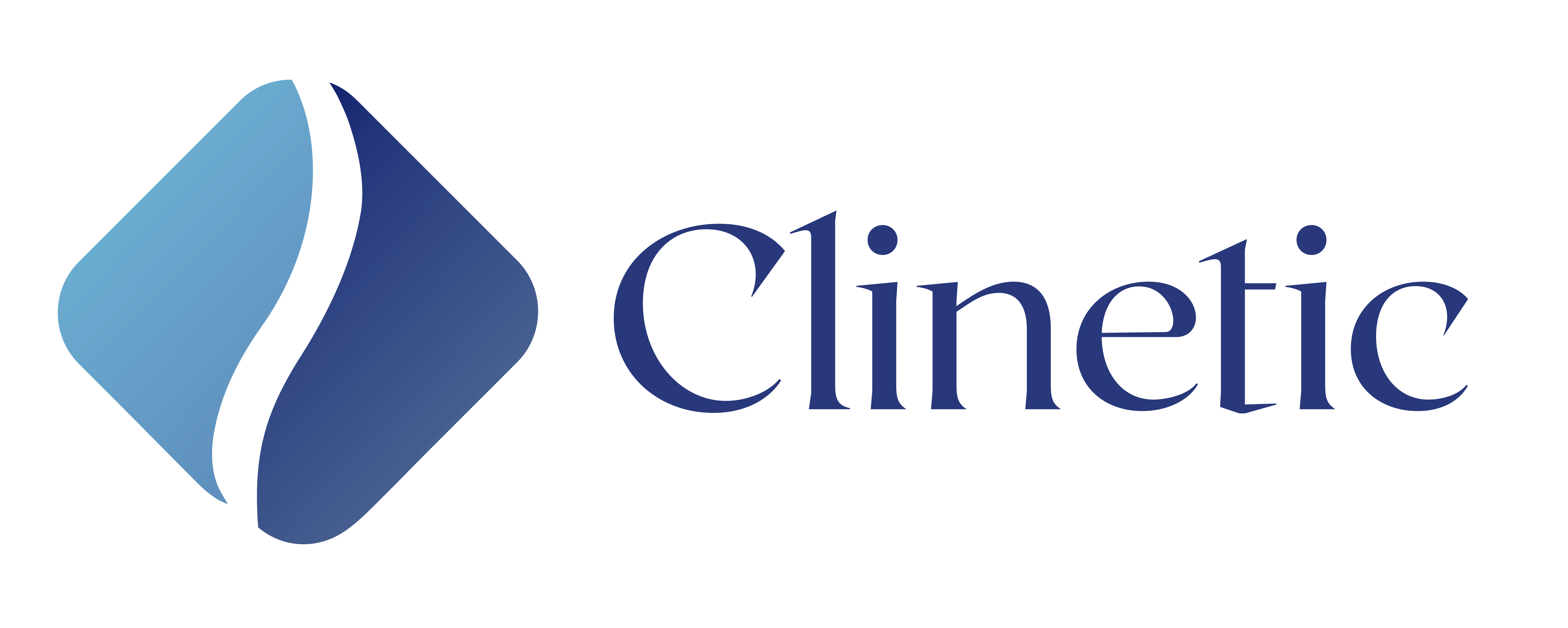Osteopathy
Osteopathy is a natural, hands-on therapy that focuses on the interconnectedness of the body’s structure and function. Our skilled and licensed osteopathic practitioners use a combination of gentle manual techniques, including stretching, soft tissue manipulation, and joint mobilization, to assess and treat a variety of health issues. Our team specializes in treating nerve and musculoskeletal conditions, providing relief and promoting overall well-being. Whether you’re dealing with chronic back pain, sciatica, headaches, or other neurological and musculoskeletal issues, osteopathy can help.
Osteopathy looks at the body as a whole to understand the causes of health issues and to develop an effective treatment plan. Our Osteopaths are able to determine the root cause of a health concern with careful assessment and attention to detail. Many recent injuries or chronic conditions may be helped by osteopathic care through hands on deep tissue manipulation, adjustments, manipulations, trigger point release, and more. This unique service is incredibly effective at decreasing pain related to the joints, bones, and muscle tissue.
Pediatric Osteopathy
Pediatric osteopathy is a specialized branch of osteopathic medicine focused on the health and well-being of infants, children, and adolescents. We utilize non-invasive hands-on techniques to assess and address various childhood health concerns, including musculoskeletal issues, digestive discomfort, sleep disturbances, and more. Pediatric osteopathy aims to support developmental growth and well-being through a gentle and natural approach.
Examples of conditions (not limited to) that osteopathy assists in treating
- Sports injuries
- Chronic pain
- Asthma
- Sinusitis
- Back pain
- Neck pain
- Sciatica/SI joint pain
- Urinary Incontinence
- Headaches
- Migraines
- Insomnia/sleep difficulties
- TMJ/jaw pain
- Digestive problems-Irritable bowel/constipation/bloating
- Anxiety/Stress
- Post Concussion Syndrome
What should I wear to my osteopathy appointments?
Loose, lightweight clothing is recommended during treatments. To evaluate your skin/spine a sports bra/bra/tank top is helpful for women. All treatments will be done at the comfort of the patient.
What to expect on follow up treatments?
- Health history: Your current health symptoms as well as your lifestyle and past medical history will be discussed. To identify the underlying cause of your health symptoms and rule out serious pathology, it is important to have a thorough understanding of your health history. The body has to adapt to physical stresses, injuries, traumas, and emotional stresses that we experience throughout our lifetime. Your current pain/discomfort may be a sign of the body’s difficulty adapting further.
- Observation of Gait and Posture: By accessing the way you walk and your posture, our Osteopaths may be able to identify structural imbalances, neurological concerns, and more.
- Hands-on assessment: A physical assessment will be conducted to help determine primary problem areas such as somatic strains that may ultimately affect your body’s ability to adapt. A hands-on assessment through palpation and gentle mobility testing of various body structures will also be conducted to evaluate joint biomechanics, tissue restrictions, tone and mobility. Functional strength and range of motion testing may be used as well.
Upon completion of the assessment, The treatment plan will be discussed with the patient. Referral to medical doctor is mandatory (eg. blood work, x-rays) if there is any indication from your symptoms/assessment that further testing is needed prior to osteopathic treatment.
Initial treatment involves hands-on evaluation and prioritises what areas to treat first. The areas that get treated help to release pain from the main area that is causing pain. This pattern of treatment comes from the science behind “Referral pain”.
What to expect on follow up treatments?
Our Osteopathic approach to treatment is holistic in nature. Treatment is individualised and focused on freeing up areas that lack mobility to help the body function optimally.
It is important to understand that the areas that are not mobile are not always where the symptoms are experienced. Each treatment session, our Osteopaths re-assess areas and evaluate how the body has adapted to previous treatment.
Active participation:
You may be asked during treatment to focus on breathing or to do active movements.
There is a “silent dialogue” between the osteopathic manual practitioners hands and patients tissues during treatment. Because of this there are times when it is best to not speak during treatment.
What to expect immediately after treatment?
24-72 hours post-treatment is the body’s integration period. During this time, it is common to feel more soreness, fatigue, muscle tension, and headaches. Sometimes people experience a temporary exacerbation of symptoms. The body is integrating the treatment and changes during this time. It is important to keep activity light and stay hydrated during this period to help with integration.
How many treatments do I need?
The goal of osteopathy is to help facilitate the innate healing ability of the body. Osteopathy is not symptom or condition focused rather it involves treatment of the whole person to help restore natural balance. Because of this, individuals often do not experience significant changes until after 4-5 sessions while longer standing problems often require more treatment. The longer you have been experiencing a problem, the longer it may take to resolve.
Insurance coverage
Osteopathic treatment fees are eligible for coverage under most extended health benefit plans.
Book Osteopathy Near You
Are you looking for osteopathy in North York?
Are you looking for osteopathy in Etobicoke?
Give us a call or book your osteopathy appointment online!
